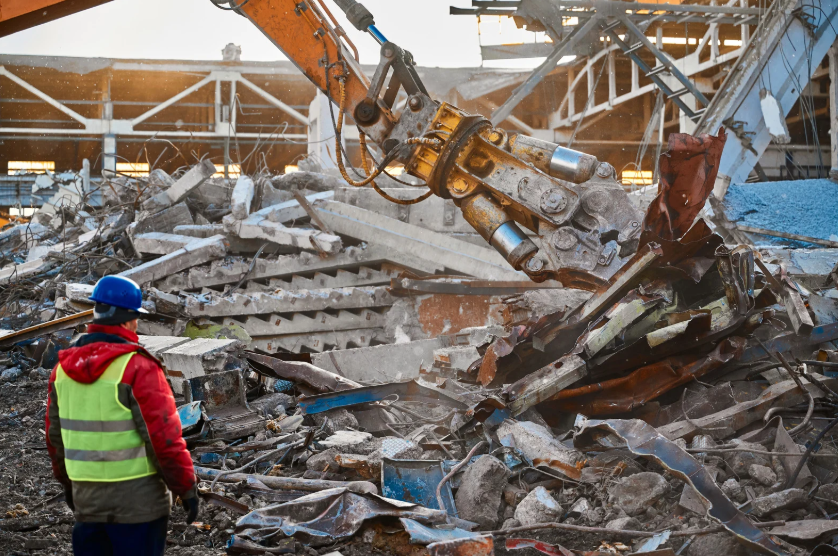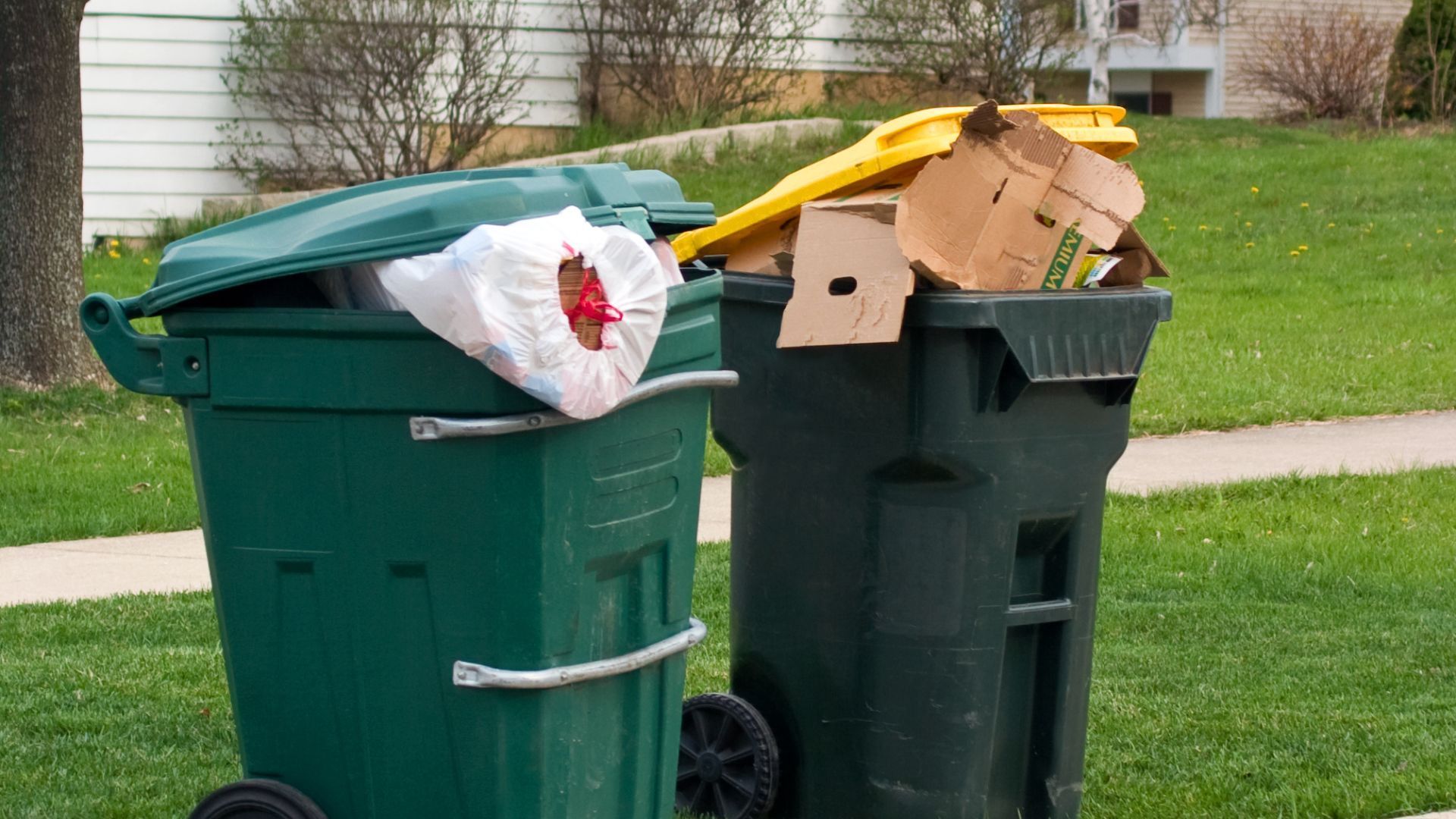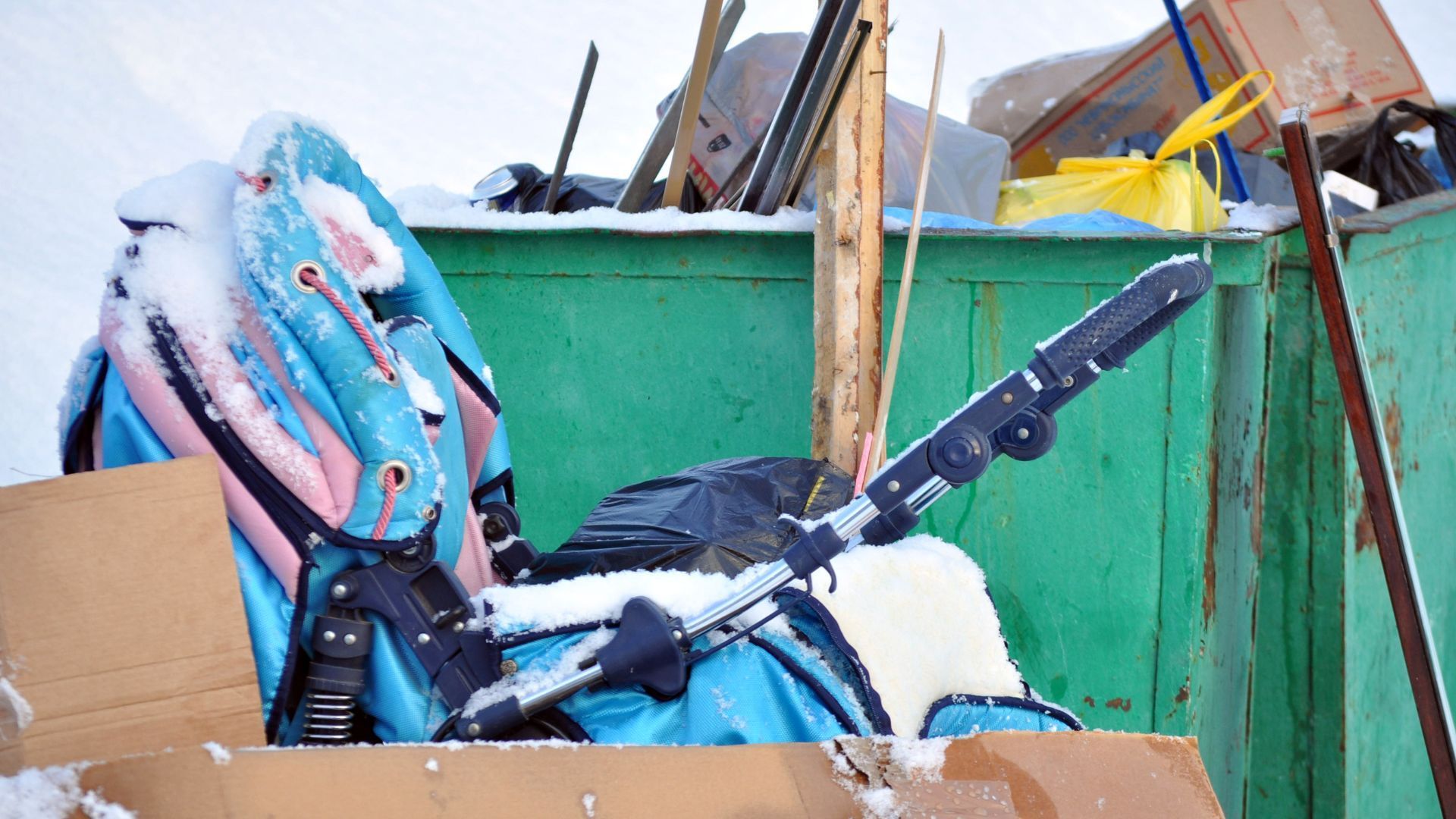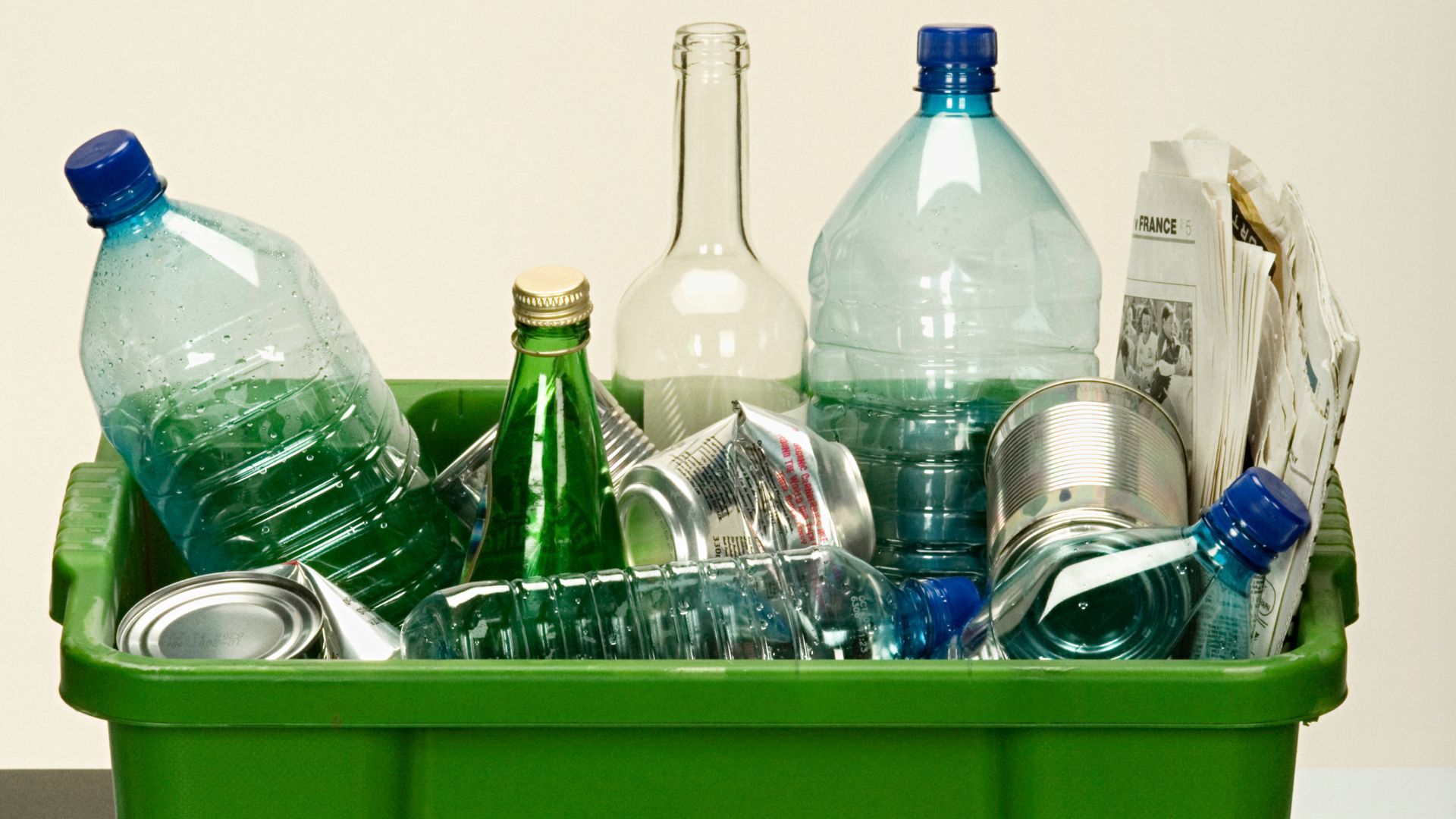Handling Hazardous Materials in Demolition Cleanup Augusta
When it comes to tackling a demolition project, junk removal Augusta professionals know the real challenge isn’t just knocking things down—it’s dealing with hazardous materials safely and reliably. From lead‑painted trim and asbestos‑lined siding to chemical residues in old cabinetry, every piece can present hidden dangers. In Augusta, and especially with Demolition Cleanup Augusta, it’s crucial to partner with a trusted local team that understands both regulatory nuances and environmental responsibility. Proper handling not only protects workers and occupants but also ensures materials are disposed of correctly, reducing liability and safeguarding community health.
Identifying Common Hazardous Materials
Identifying hazardous materials is one of the most critical aspects of any Demolition Cleanup Augusta project. The presence of hidden toxins in older structures can pose serious health risks to workers, property owners, and the surrounding community if not properly managed. That’s why trained professionals begin every job with a detailed inspection to pinpoint and classify potential threats. These materials aren’t always obvious—they’re often masked behind walls, ceilings, and flooring. Recognizing them early is the foundation for safe, legal, and environmentally responsible demolition cleanup.
Lead-Based Paint
Often found in homes built before 1978, lead-based paint can become hazardous when disturbed during demolition. Dust and chips from these painted surfaces pose severe health risks, particularly to children and pregnant women. Crews must identify and isolate these surfaces before any scraping, cutting, or breaking begins. Safe removal requires protective equipment, containment barriers, and specialized disposal methods to prevent contamination of the air or soil.
Asbestos-Containing Materials (ACMs)
Common in older insulation, floor tiles, and roofing, asbestos becomes dangerous when its fibers become airborne. Once inhaled, these fibers can cause chronic respiratory diseases and cancers. Demolition Cleanup Augusta teams are trained to handle ACMs delicately, ensuring they remain intact during removal. They use wetting techniques, protective suits, and negative pressure containment systems to keep asbestos from spreading, followed by proper transport to certified disposal sites.
Mercury Devices
Mercury can be found in older thermostats, fluorescent light bulbs, and even some electrical switches. If broken, these items can release vapor that’s toxic to humans and wildlife. Crews must identify and safely remove mercury-bearing items prior to demolition activities. They store them in sealed containers designed to prevent leaks or spills, then deliver them to facilities equipped to handle and recycle hazardous metals responsibly.
Polychlorinated Biphenyls (PCBs)
PCBs were commonly used in electrical equipment, caulking, and paint until the late 1970s. These compounds are now known to be highly toxic, persistent in the environment, and linked to cancer and immune system damage. Their presence requires careful sampling and lab testing. If confirmed, Demolition Cleanup Augusta protocols demand that any PCB-laden materials be isolated, removed by specialists, and documented thoroughly to comply with environmental laws.
Formaldehyde and Volatile Organic Compounds (VOCs)
Pressed wood products, glues, and certain finishes may release formaldehyde and VOCs when disturbed. These chemicals contribute to indoor air pollution and can irritate eyes, noses, and lungs. Identifying these materials in cabinetry or flooring allows crews to minimize breakage during removal and use containment to limit fumes. Ensuring proper ventilation and sealing waste materials is part of the protective process for both workers and residents.
In summary, identifying hazardous materials isn’t guesswork—it’s a technical, essential skill for every Demolition Cleanup Augusta project. By recognizing and understanding each substance's risks, crews can plan safer demolitions, protect the environment, and ensure compliance with strict regulatory guidelines.
Regulatory Overview for Hazardous Waste in Augusta
Navigating federal, state, and local regulations is a cornerstone of responsible Demolition Cleanup Augusta. Crews must adhere to EPA standards for lead and asbestos, plus Georgia’s Department of Natural Resources (EPD) rules. Augusta‑area contractors also coordinate with local environmental health offices to ensure permits are in place before abatement begins. Documentation and chain‑of‑custody logs are maintained rigorously, ensuring compliance and traceability. This oversight isn’t bureaucracy—it’s essential. Proper regulatory adherence keeps projects on track, avoids fines, and guarantees that hazardous materials are treated correctly from removal to final disposal.
Safety Protocols on Site
Every Demolition Cleanup Augusta job starts with a comprehensive site safety plan. Workers don personal protective equipment—respirators, full‑body suits, gloves, and eye protection—especially when asbestos or lead is involved. Work zones are isolated with proper signage and plastic containment. Vehicles are sanitized after handling hazardous materials to prevent cross‑contamination. On‑site supervisors conduct daily briefings to review protocols, weather alerts, and containment integrity. This disciplined, layered approach ensures that every step—from initial disturbance to debris transport—is executed with safety at the forefront.

Containment & Dust Control Strategies
Dust is democracy’s adversary in demolition—it settles everywhere if left uncontained. That’s why Demolition Cleanup Augusta specialists deploy negative‑pressure enclosures, critical‑barrier systems, and HEPA‑filtered vacuums during hazardous material removal. Water misting, sealing off HVAC systems, and using poly‑plastic walls reduce airborne particles. These containment tactics protect indoor air quality and keep neighboring properties undisturbed. Constant air sampling verifies that containment is successful, and breakdown occurs only after air meets regulatory safety thresholds.
Removal & Safe Handling Techniques
Removing hazardous materials during a demolition project demands extreme care and precision. In Demolition Cleanup Augusta, professionals follow strict procedures to ensure materials like asbestos, lead, and chemical-laden components are managed safely. This isn’t about speed—it’s about control, containment, and minimizing health risks. Here are key techniques experts rely on when removing and handling hazardous materials:
- Wet Removal of Asbestos Materials: Materials containing asbestos are kept damp throughout removal to prevent fibers from becoming airborne. This method reduces inhalation risk and ensures safer handling.
- Double-Bagging and Sealing Debris: All hazardous items are placed in heavy-duty, clearly labeled bags. These are double-sealed to avoid leaks or punctures during transport or staging.
- Using Glove Bags for Small-Scale Containment: Glove bags are utilized when handling asbestos insulation on piping. They allow workers to isolate small areas and complete removal without contaminating the space.
- Encasing Lead-Painted Items: Wood and drywall with lead paint are carefully wrapped or bagged in reinforced plastic sheeting to prevent flakes from scattering during movement.
- Labeling and Isolating Waste Staging Zones: After removal, hazardous debris is stored in designated containment areas. Clear labeling helps prevent mix-ups and maintains regulatory compliance for disposal tracking.
These techniques are non-negotiable in responsible demolition work. They protect both workers and the public, ensuring Demolition Cleanup Augusta is conducted with the highest standards of safety and environmental care.
Transporting Hazardous Waste
Not all vehicles are equipped—or even legally allowed—to handle the unique demands of transporting hazardous demolition debris. For Demolition Cleanup Augusta projects, only sealed, licensed transport units are used, specifically designed to contain potential leaks, spills, or airborne contaminants during transit. These specialized vehicles feature reinforced liners, ventilation control, and locking mechanisms to ensure hazardous materials remain completely secure throughout the journey. Each load is meticulously documented through comprehensive waste manifests, which are cross-checked with initial material assessments to ensure nothing is misidentified or mishandled.
Compliance is central to the transport process. Drivers are trained and certified under both EPA and Department of Transportation (DOT) regulations, including requirements for placards that identify substances like asbestos or lead. Routes are deliberately planned to minimize passage through densely populated areas, reducing public exposure. These transport precautions are not just protocol—they’re a combination of legal necessity and ethical duty, ensuring public safety and environmental responsibility at every mile.
Disposal & Recycling Partnerships
A well‑managed Demolition Cleanup Augusta project doesn’t end at pickup—it includes responsible disposal and recycling. Hinkins Disposal and similar outfits partner with certified hazardous waste landfills and recycling centers equipped to handle specific contaminants. Asbestos and lead soils go to special facilities; solvents or chemicals may go to Class I landfills. Meanwhile, salvageable non‑hazardous debris—like copper pipes or structural lumber—is recycled, reducing waste. These partnerships reduce landfill loads, prevent environmental damage, and position Augusta as a community that values sustainability.
Post‑Cleanup Testing & Verification
Once demolition and disposal are complete, restoration of the site begins with post‑cleanup testing. Air quality monitoring and surface sampling check for lingering contaminants. Certified industrial hygienists often confirm clearance levels are acceptable. Only then is containment dismantled, and utilities or renovations resume. This final stage is critical: any missed asbestos fiber or lead dust could have long-term health impacts. Demolition Cleanup Augusta standards require this third-party verification to fully close the safety loop.
Cost Management & Budget Insights
Many clients worry that hazardous material management will skyrocket their project budget. However, Demolition Cleanup Augusta professionals create detailed cost breakdowns: inspection fees, containment materials, disposal charges, testing—all made transparent from day one. Bulk pricing from established disposal partners helps keep rates competitive. Though regulatory compliance adds complexity, early planning and accurate quotes often prevent cost overruns. Wise clients see it not as added expense but as essential insurance—ensuring peace of mind and avoiding potential remediation costs later.
Choosing the Right Contractor in Augusta
Selecting a contractor for hazardous demolition tasks requires more than just a low bid. Demolition Cleanup Augusta experts must carry proper licenses, have insurance for environmental liability, and show a track record of safe jobs. Ask for references and documentation of past hazardous abatement work. A reputable team will offer clear scopes, written safety plans, and third‑party testing, rather than vague assurances. Choosing poorly can result in exposure issues, shutdowns, or legal action.
Conclusion
Let Hinkins Disposal llc lead your Demolition Cleanup Augusta project with professionalism you can trust. We blend deep local knowledge, unmatched safety protocols, and full compliance with Georgia’s regulations to deliver demolition that’s both clean and conscientious. We’re located at 246 Robert C Daniel Jr Pkwy #1441, Augusta, GA 30909, United States. Reach us at +17068854032 or via email at Hinkinsdisposal@gmail.com to secure your site’s future—and your peace of mind.




